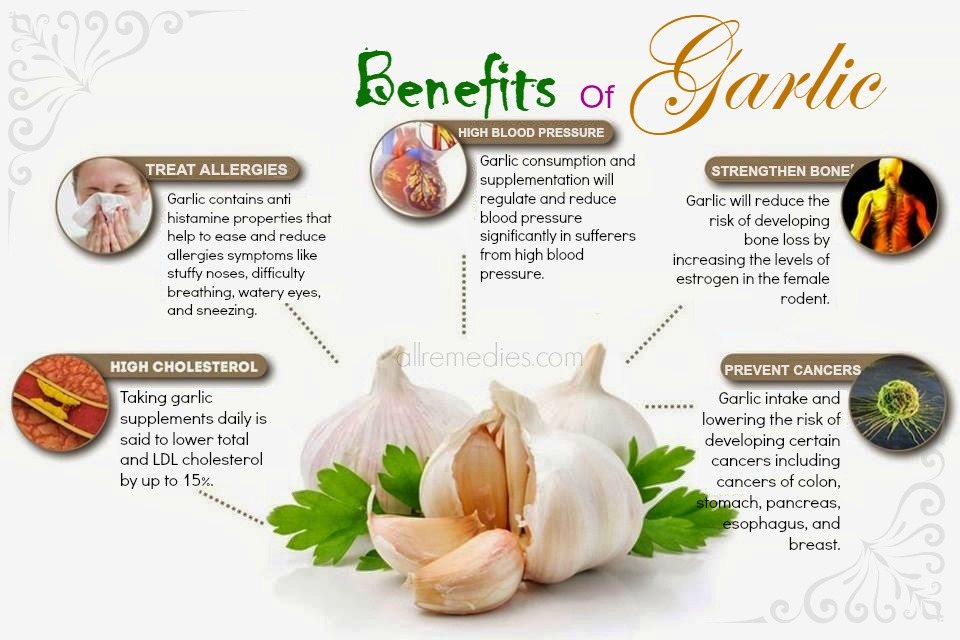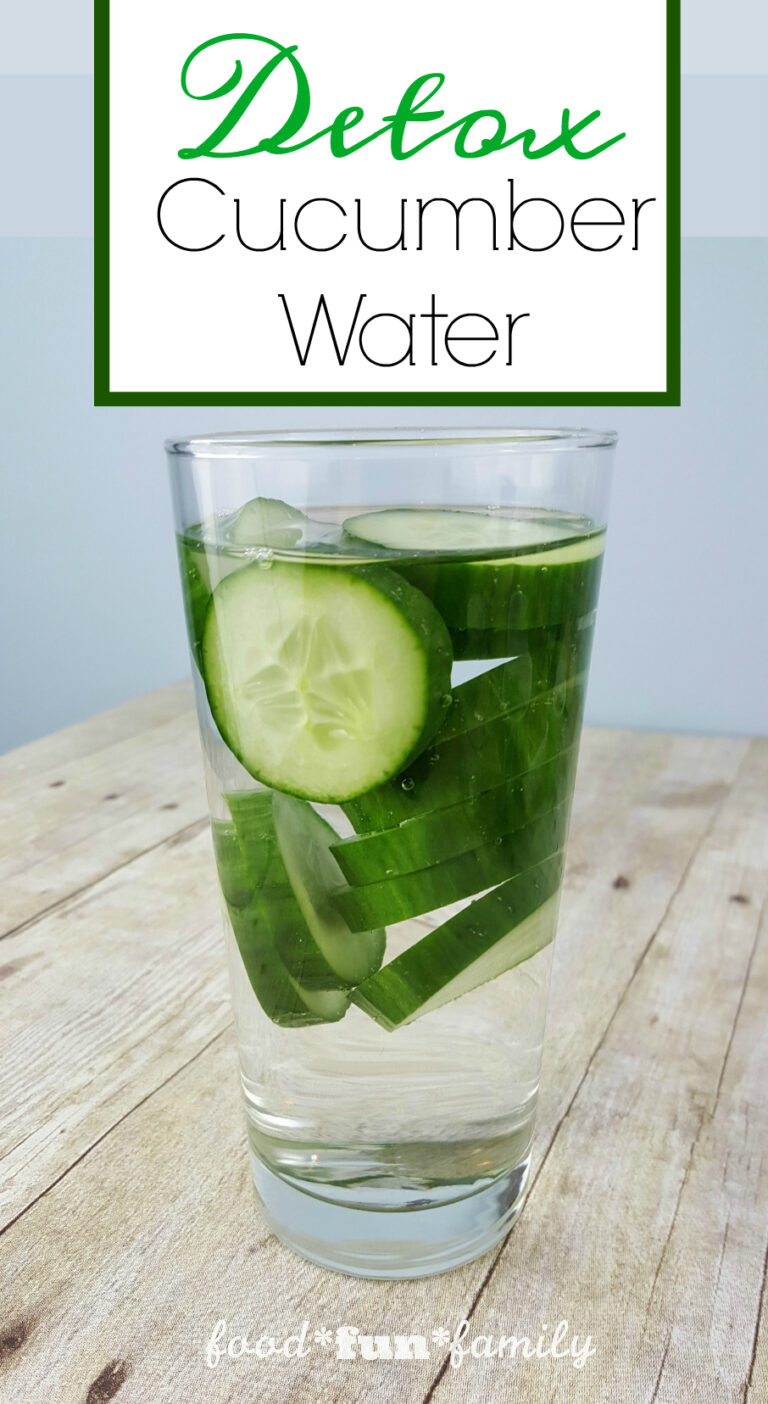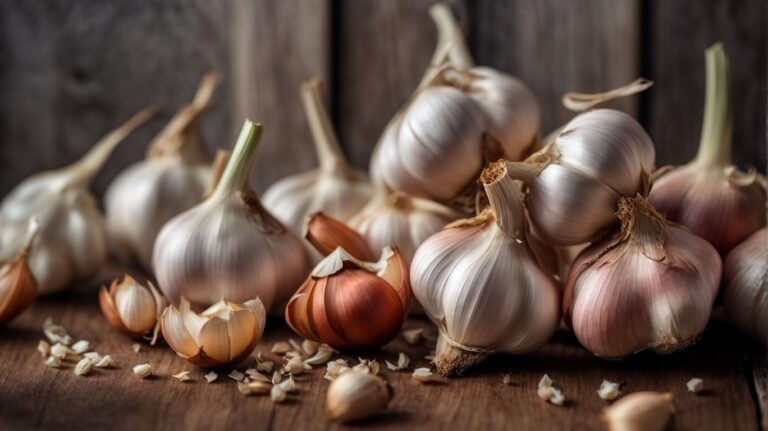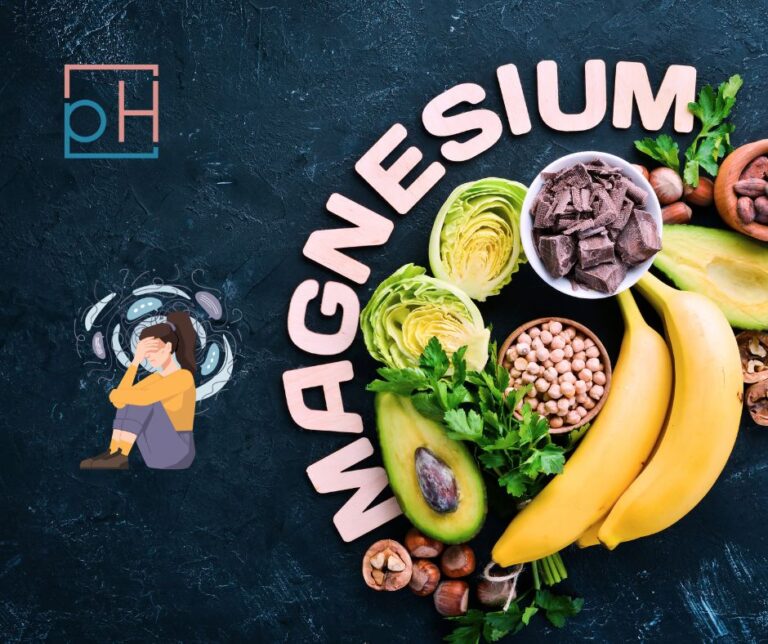Raw or Cooked? Maximizing the Health Benefits of Garlic
The air hangs thick with the promise of flavour, a pungent whisper that has permeated kitchens, healing rituals, and folklore for millennia. From the sun-baked fields of Central Asia, where it first blossomed, to the bustling markets of every continent, Allium sativum, the humble garlic bulb, has earned its place not merely as a culinary staple but as a revered medicinal powerhouse. Yet, beneath its papery skin and cloves lies a complex biochemical theatre, a drama where enzymes, sulfur compounds, and heat play pivotal roles, constantly transforming its potent character.
For the discerning health enthusiast and the curious epicure alike, a fundamental question often arises: is garlic’s legendary efficacy best unleashed in its raw, fiery state, or does the gentle caress of heat unlock a different, perhaps equally profound, spectrum of benefits? This is not merely a culinary debate; it is a journey into the heart of phytochemistry, a deep dive into how human intervention – a chop, a crush, a sizzle – can profoundly alter the very essence of this ancient superfood. To truly maximize garlic’s potential, we must understand its story, a narrative woven through history, science, and the art of preparation.
The Alchemy of the Bulb: Unveiling Garlic’s Secret Arsenal
Imagine a tiny, subterranean laboratory, meticulously engineered by nature. Within each clove of garlic lies a sophisticated array of compounds, poised for action. The moment a garlic clove is bruised, chopped, or crushed, this internal alchemy begins, transforming dormant precursors into highly bioactive molecules. Understanding this intricate process is the key to appreciating the "raw or cooked" dilemma.
At the heart of garlic’s legendary health benefits are its sulfur-containing compounds. These are not just any molecules; they are volatile, reactive, and incredibly diverse, responsible for garlic’s characteristic aroma, taste, and therapeutic properties.
The Star Player: Allicin and its Genesis
The most celebrated of these compounds is allicin. But allicin doesn’t exist freely in an intact garlic clove. It’s a product of an enzymatic reaction, a chemical magic trick performed only when the clove’s internal compartments are breached.
- Alliin: This is allicin’s precursor, a stable amino acid derivative stored in the cytoplasm of the garlic cells.
- Alliinase: This enzyme, a biological catalyst, is sequestered in a separate vacuole within the same cell.
Think of it like two reactants in separate test tubes. As long as they remain apart, nothing happens. But the moment you crush, mince, or press a garlic clove, you rupture the cell walls, allowing alliin and alliinase to mix. Within seconds, alliinase acts upon alliin, rapidly converting it into allicin.
This transformation is not just a chemical curiosity; it’s the genesis of garlic’s most potent, broad-spectrum antimicrobial and cardiovascular effects. Allicin is what gives raw garlic its sharp, pungent kick. It’s highly reactive and unstable, degrading quickly into a host of other sulfur compounds, especially when exposed to heat or allowed to sit for extended periods. This inherent volatility is central to the raw vs. cooked discussion.
Beyond Allicin: A Symphony of Sulfur Compounds
While allicin often steals the spotlight, it is merely the overture to a much larger, more complex symphony of sulfur compounds, each with its own unique health contributions:
- Ajoene: Formed from the degradation of allicin, particularly when garlic is crushed and allowed to sit in oil or alcohol. Ajoene is a potent anti-thrombotic agent, helping to prevent blood clots, and also exhibits anticancer properties. Its stability is greater than allicin’s, making it a key player in certain preparations.
- Diallyl Sulfides (DAS, DADS, DATS): These are a family of compounds (diallyl sulfide, diallyl disulfide, diallyl trisulfide) that are formed when allicin breaks down, especially under heat. Unlike allicin, which is water-soluble, these are oil-soluble. They are celebrated for their powerful anticancer activities, particularly in detoxification pathways, and their ability to induce apoptosis (programmed cell death) in cancer cells.
- S-Allyl Cysteine (SAC): This is a water-soluble, stable sulfur compound found in significant concentrations in aged black garlic. Unlike allicin, SAC is not formed through the alliinase reaction but rather through the long, slow fermentation process that transforms fresh garlic into its dark, sweet counterpart. SAC is highly bioavailable and is particularly noted for its neuroprotective, antioxidant, and anti-inflammatory effects. It represents a completely different chemical profile and, consequently, a different set of health benefits.
- Organosulfur Compounds: This umbrella term covers many other compounds like alliin, gamma-L-glutamyl-S-allyl-L-cysteine, and vinyl dithiins, each contributing to garlic’s diverse effects.
- Non-Sulfur Compounds: Garlic also contains flavonoids, saponins, and selenium, which contribute to its antioxidant and immune-modulating properties.
This intricate chemical dance underscores a crucial point: garlic is not a single-compound wonder drug. It is a botanical pharmacy, a complex matrix where various molecules interact, synergize, and transform, offering a multifaceted approach to health. The method of preparation acts as a conductor, guiding this chemical orchestra to produce different melodic lines of health benefits.
The Raw Power: Unleashing Allicin’s Full Potential
To consume garlic raw is to embrace its most immediate, pungent, and, in many respects, its most powerful form. This method directly taps into the rapid formation of allicin, allowing its volatile, reactive nature to exert its primary effects before degradation.
Mechanism of Action (Raw): The Allicin Barrage
When you bite into a raw clove, or add freshly minced garlic to a dish, you are essentially initiating a biochemical cascade. The alliinase enzyme, unleashed by the crushing action, swiftly converts alliin into allicin. This newly formed allicin, along with its immediate degradation products, then enters the body, ready to engage with biological systems.
Specific Benefits Enhanced by Raw Consumption:
-
Potent Antimicrobial and Antiviral Action: This is perhaps the most celebrated and historically documented benefit of raw garlic. Allicin is a formidable natural antibiotic. It directly inhibits the growth of a wide range of bacteria (including antibiotic-resistant strains like MRSA), fungi (like Candida), viruses (common cold, flu), and even parasites.
- The Story: Ancient Egyptians used garlic to ward off illness and boost stamina. Roman soldiers consumed it for courage and protection against infection. During the World Wars, it served as an antiseptic for wounds when conventional medicines were scarce. This rich history is largely attributed to allicin’s direct, potent antimicrobial properties. In modern times, a raw garlic "shot" or finely minced garlic added to honey is a popular home remedy for colds and flu.
-
Robust Cardiovascular Support: Raw garlic’s impact on heart health is multifaceted and significant.
- Blood Pressure Reduction: Allicin and its derivatives contribute to the relaxation of smooth muscle cells in blood vessels, leading to vasodilation and a reduction in blood pressure.
- Cholesterol Management: Studies suggest raw garlic can help lower total and LDL ("bad") cholesterol, though the mechanisms are complex and involve multiple compounds.
- Anti-platelet Effects: Allicin and ajoene (which forms from allicin) act as natural blood thinners, inhibiting platelet aggregation and reducing the risk of blood clot formation, a major factor in heart attacks and strokes. This is a critical distinction from cooked garlic, where these direct anti-platelet effects might be diminished due to allicin’s degradation.
-
Early-Stage Anticancer Potential: While cooked garlic also possesses strong anticancer properties (as we will see), raw allicin-rich garlic shows promise in the initial stages of cancer prevention. It can induce apoptosis in various cancer cell lines, inhibit tumor proliferation, and block the activation of carcinogens. Its direct reactive nature allows it to interfere with cellular processes critical for cancer development.
Challenges and Considerations of Raw Consumption:
Despite its undeniable power, raw garlic comes with its own set of challenges:
- Digestive Discomfort: For many, the intensity of raw garlic can cause heartburn, acid reflux, stomach upset, or gas. This is due to its potent, volatile compounds.
- Garlic Breath and Body Odor: The sulfur compounds are absorbed into the bloodstream and exhaled through the lungs and skin, leading to the infamous "garlic breath" and sometimes a pervasive body odor.
- Intensity of Flavor: The sharp, pungent taste is not universally loved and can be overwhelming in large quantities.
- Dosage: To achieve therapeutic benefits, a significant amount of raw garlic (e.g., 1-2 cloves daily) might be required, which can be challenging for some.
Maximizing Raw Benefits: To mitigate some of these issues, consider finely mincing or pressing garlic and allowing it to sit for 5-10 minutes before consumption. This "breathing time" allows allicin to fully form. Incorporate it into salad dressings, pestos, bruschetta, or add it to dishes just before serving to preserve its raw potency.
The Cooked Transformation: A Different Spectrum of Benefits
While raw garlic is a fiery explosion of allicin, cooking transforms the bulb into a gentler, yet equally complex, medicinal entity. The application of heat acts as a powerful catalyst, inactivating enzymes and breaking down volatile compounds, leading to the formation of new, more stable, and often oil-soluble sulfur derivatives.
The Heat’s Embrace: Allicin’s Demise and the Rise of New Compounds
The primary casualty of cooking is allicin. Heat rapidly denatures alliinase, the enzyme responsible for allicin formation, and also degrades allicin itself. This means that heavily cooked garlic contains significantly less, if any, allicin.
However, this is not a loss; it’s a metamorphosis. From the ashes of allicin and its precursors, a new generation of sulfur compounds emerges: primarily the diallyl sulfides (DAS, DADS, DATS) and, depending on the cooking method and presence of oil, ajoene. These compounds are often more stable than allicin and possess distinct biological activities.
Specific Benefits Enhanced by Cooked Consumption:
-
Powerful Anticancer and Detoxification Effects: This is where cooked garlic truly shines. The diallyl sulfides (DADS and DATS, in particular) are potent anticarcinogens.
- Mechanism: They primarily exert their effects by modulating detoxification enzymes in the liver. They enhance Phase II detoxification enzymes (like glutathione S-transferases), which help the body eliminate carcinogens and toxins. They also induce apoptosis in cancer cells, inhibit cell proliferation, and prevent the formation of DNA adducts (damage to DNA that can lead to cancer).
- The Story: Imagine the body’s internal cleansing system as a factory. Cooked garlic compounds are like skilled engineers, optimizing the machinery to identify and remove harmful waste products more efficiently. This makes cooked garlic particularly valuable for long-term cancer prevention and supporting liver health.
-
Sustained Cardiovascular Protection (Different Mechanisms): While the immediate anti-platelet effects of allicin are reduced, cooked garlic still offers substantial cardiovascular benefits through other pathways.
- Antioxidant Power: The sulfur compounds in cooked garlic are excellent antioxidants, combating oxidative stress, a major contributor to heart disease.
- Anti-inflammatory Effects: They help reduce chronic inflammation, another key factor in atherosclerosis.
- Homocysteine Reduction: Some sulfur compounds can help regulate homocysteine levels, an amino acid whose elevation is linked to an increased risk of heart disease.
-
Enhanced Gut Health and Prebiotic Effects: Garlic, raw or cooked, acts as a prebiotic, nourishing beneficial gut bacteria. While raw garlic’s allicin can directly combat harmful pathogens, cooked garlic’s complex carbohydrates and sulfur compounds continue to support a healthy microbiome, which is crucial for overall immunity and digestion.
-
Culinary Versatility and Palatability: Perhaps the most obvious benefit of cooked garlic is its transformation into a milder, sweeter, and more aromatic ingredient. Roasting garlic, for instance, caramelizes its natural sugars, yielding a creamy, mellow spread. Sautéing brings out nutty undertones. This enhanced palatability encourages greater and more consistent consumption, ensuring a regular intake of its beneficial compounds.
Optimizing Cooked Garlic:
The way garlic is cooked significantly impacts its chemical profile:
- The "Wait Before Heat" Strategy: This is a crucial tip for maximizing benefits. Crush or mince garlic and let it sit for 10-15 minutes before applying heat. This allows alliinase sufficient time to convert alliin into allicin. While some allicin will still degrade during cooking, this pre-treatment ensures a greater initial formation, allowing for the subsequent formation of beneficial diallyl sulfides and ajoene from allicin’s degradation products.
- Low Heat vs. High Heat: Gentle, slow cooking (like roasting whole cloves) tends to preserve more beneficial compounds and allows for more nuanced transformations compared to aggressive, high-heat frying. However, even high heat will produce the diallyl sulfides, albeit perhaps in different ratios.
- Oil as a Medium: Cooking garlic in oil (e.g., sautéing) can promote the formation and stability of oil-soluble compounds like ajoene and diallyl sulfides.
The Nuance: Finding the Balance and Specialized Forms
The journey through garlic’s raw and cooked forms reveals that neither is inherently "superior." Rather, they offer distinct profiles of health benefits. A truly holistic approach embraces both. But the story doesn’t end there; specialized forms of garlic present even more unique opportunities.
The "Wait Before Heat" Revisited: A Bridge Between Worlds
This simple technique is perhaps the most powerful tool for maximizing garlic’s overall health potential. By chopping or crushing garlic and letting it rest for 10-15 minutes, you essentially create a window for allicin to fully form. When you then introduce this garlic to heat, while alliinase will be inactivated and allicin will degrade, its degradation products will then serve as precursors for the formation of stable, oil-soluble compounds like diallyl sulfides and ajoene. This strategy allows you to capture a broader spectrum of garlic’s beneficial chemistry.
Aged Black Garlic: The Fermented Revolution
Enter aged black garlic, a culinary marvel and a potent health booster that stands apart from its fresh counterparts. This unique form is created by subjecting whole garlic bulbs to controlled heat and humidity over several weeks or months, without any fermentation microbes. This process, a slow Maillard reaction, transforms the garlic’s physical and chemical properties:
- Taste and Texture: It develops a sweet, tangy, umami-rich flavour with notes of balsamic vinegar and molasses, losing its pungent aroma and sharp taste. The cloves become soft, chewy, and jet-black.
- Chemical Transformation: The most significant change is the conversion of unstable allicin into a highly stable, water-soluble compound called S-Allyl Cysteine (SAC). Other antioxidants, like flavonoids and polyphenols, also increase during the aging process.
- Health Benefits:
- Superior Antioxidant Activity: Black garlic boasts significantly higher antioxidant levels than fresh garlic, primarily due to the increased concentration of SAC and other polyphenols.
- Neuroprotective Effects: SAC is particularly noted for its ability to cross the blood-brain barrier, offering protection against neurodegenerative diseases like Alzheimer’s and Parkinson’s by reducing oxidative stress and inflammation in the brain.
- Enhanced Cardiovascular Health: It contributes to blood pressure regulation, cholesterol reduction, and improved circulation through its antioxidant and anti-inflammatory actions.
- Anticancer Potential: While different from fresh garlic, black garlic still exhibits anticancer properties, often through immune modulation and antioxidant mechanisms.
- Bioavailability and Stability: SAC is highly bioavailable and stable, meaning the body can absorb and utilize it efficiently, and its benefits are not lost during typical cooking or storage.
Aged black garlic offers a distinct profile – less about the immediate, potent effects of allicin, and more about long-term, systemic antioxidant, anti-inflammatory, and neuroprotective support, all without the pungent breath or digestive upset.
Garlic Supplements: Concentrated Power
For those who struggle with the taste or digestive effects of fresh garlic, or who seek a standardized dose of specific compounds, garlic supplements offer an alternative. However, the quality and type of supplement vary widely:
- Allicin-Rich Supplements: These are designed to deliver a specific amount of allicin, often through enteric-coated tablets that bypass the stomach’s acidity, allowing allicin to form in the intestine. These aim to mimic the immediate effects of raw garlic.
- Aged Garlic Extract (AGE): This is a highly researched form, essentially a concentrated extract of aged garlic, rich in SAC and other stable sulfur compounds. It offers benefits similar to black garlic, focusing on antioxidant, anti-inflammatory, and cardiovascular protection without the odor.
- Garlic Oil Macerates: Garlic cloves steeped in oil, often containing ajoene and other oil-soluble compounds.
- Garlic Powder: Often contains very little allicin unless specifically processed to preserve it, as the alliinase enzyme is often destroyed during drying.
Choosing a supplement requires careful consideration of the desired benefits and the standardization of active compounds.
The Gut Microbiome Connection:
Regardless of preparation, garlic plays a significant role in modulating the gut microbiome. Its sulfur compounds act as prebiotics, feeding beneficial bacteria. Furthermore, its antimicrobial properties can help balance the gut flora by suppressing harmful pathogens. A healthy gut microbiome is increasingly recognized as central to overall health, influencing immunity, mood, metabolism, and chronic disease prevention. Thus, incorporating garlic in any form contributes to this foundational aspect of wellness.
Beyond the Science: A Culinary and Cultural Tapestry
The scientific intricacies of raw versus cooked garlic are deeply intertwined with its rich culinary and cultural history. Across the globe, various traditions have instinctively maximized garlic’s diverse benefits, often without understanding the underlying chemistry.
- Mediterranean Cuisine: The cornerstone of heart-healthy diets, it features raw garlic in pestos, aiolis, and dressings, harnessing its cardiovascular and antimicrobial punch. Simultaneously, slow-cooked garlic forms the base of countless sauces, stews, and roasts, contributing to long-term health and depth of flavour.
- Asian Cuisines: From the fiery raw garlic in Korean kimchi and marinades to the subtly sweet roasted garlic in Chinese stir-fries, the balance is often achieved within a single meal. Aged black garlic, too, has found its way into modern Asian gastronomy, celebrated for its unique taste and health properties.
- Eastern European and Middle Eastern Traditions: Raw garlic cloves are often consumed directly or infused in remedies for colds and infections, while generous amounts of cooked garlic flavor robust dishes, soups, and breads.
This global tapestry reveals an inherent wisdom: the best way to consume garlic is often in a variety of forms, allowing for a full spectrum of its health-promoting compounds to be regularly introduced into the diet.
Practical Application: A Strategy for Conscious Consumption
For the individual aiming to maximize garlic’s health benefits, a multi-pronged approach is most effective:
- Embrace the Raw: Incorporate freshly minced or pressed raw garlic into salad dressings, guacamole, hummus, or a simple bruschetta. Allow it to sit for 10-15 minutes after chopping to maximize allicin formation. Consider a small amount daily for its immediate antimicrobial and cardiovascular benefits.
- Savor the Cooked: Don’t shy away from cooking with garlic. Use the "wait before heat" strategy for sautéing, roasting, or adding to sauces. Enjoy its sweeter, milder flavour and benefit from the powerful anticancer and detoxification properties of the diallyl sulfides.
- Explore Aged Black Garlic: Experiment with black garlic for its unique taste profile and its stable, neuroprotective, and highly antioxidant S-Allyl Cysteine. It can be a delicious addition to cheese boards, sauces, or even desserts.
- Listen to Your Body: Individual tolerance for raw garlic varies. If raw garlic causes digestive upset, focus on cooked forms or aged black garlic. The best garlic is the one you can consume consistently and enjoy.
Conclusion: The Multifaceted Marvel
The journey from a humble garlic clove to a powerhouse of health benefits is a story of profound chemical transformation, a narrative guided by the simple acts of chopping, crushing, and heating. We have seen that the "raw or cooked" debate is not a binary choice but an invitation to explore a spectrum of possibilities, each unlocking distinct therapeutic potential.
Raw garlic, with its fiery allicin, offers immediate and potent antimicrobial, antiviral, and anti-platelet effects, a direct hit against pathogens and a boost for cardiovascular health. Cooked garlic, transformed by heat into stable diallyl sulfides and ajoene, becomes a long-term ally against cancer and a powerful detoxifier, supporting liver health and overall cellular protection. And aged black garlic, through its unique fermentation, provides a stable, highly bioavailable source of neuroprotective antioxidants.
Ultimately, garlic is a testament to nature’s ingenuity, packing such diverse and powerful compounds into a single bulb. By understanding its biochemistry and respecting its transformative journey from the soil to our plates, we can move beyond simplistic dietary rules and embrace a nuanced, informed approach to maximizing its incredible health benefits. So, next time you reach for a clove, remember the story it holds – a millennia-old tale of flavour, healing, and the endless alchemy of life.







